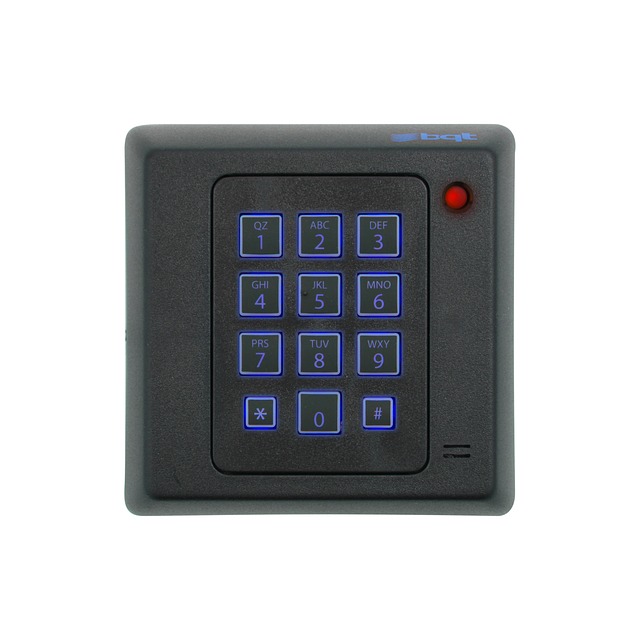The adoption of advanced access control systems within existing security frameworks offers a substantial enhancement in building security and operational efficiency. A crucial step involves a detailed assessment of the current entry access setup to ensure new technologies align with and improve upon existing systems. This process requires specialized access control locksmiths who apply their expertise to design a seamless transition from traditional locks to modern electronic access systems. Organizations must work with knowledgeable locksmiths well-versed in cutting-edge access security protocols to implement secure, user-friendly solutions. It is also essential to maintain network security by segmenting sensitive areas and encrypting device communications during integration. The implementation of scalable access control systems ensures long-term security needs are met, while regular software updates and maintenance are key to sustaining the system's integrity. By following these practices, entities can achieve a secure, efficient, and cost-effective integration that aligns with industry best practices and regulatory compliance, significantly enhancing entry access management and overall security.
In an era where cyber threats loom large and physical security remains paramount, integrating advanced access control systems with existing security infrastructures is not just a step towards comprehensive protection but a strategic imperative. This article delves into the nuances of merging access control solutions with current security measures, emphasizing the critical role of access security in safeguarding assets and maintaining operational continuity. We explore best practices for seamless integration, from assessing your current security infrastructure to ensuring compliance with stringent security standards and regulations. Furthermore, we examine how leveraging access control locksmiths can provide tailored solutions for compatibility and scalability, as well as offer practical strategies for smooth implementation and transition. By exploring the role of biometric systems, card access solutions, and mobile credentials, readers will gain insights into fortifying entry access points and integrating physical security with digital access control for a dual layer of protection. Real-world case studies highlight successful integration approaches, while we also cast an eye towards future trends in access control technology that promise to reshape access security management. Join us as we navigate the intersection of cutting-edge technology and practical application to enhance overall security measures.
- Best Practices for Seamlessly Integrating Access Control with Existing Security Systems
- 1. Assessing Current Security Infrastructure
Best Practices for Seamlessly Integrating Access Control with Existing Security Systems

Incorporating advanced access control systems into existing security infrastructures can significantly enhance building security and operational efficiency. A key best practice is to conduct a thorough assessment of the current system’s capabilities and limitations, ensuring compatibility with new access control technologies. This evaluation allows for a tailored integration strategy that accommodates the unique needs of the facility. Access control locksmiths play a critical role in this process, providing expertise to design a seamless transition from traditional locks to sophisticated electronic access systems. It is essential to select locksmiths who are well-versed in the latest access security protocols and can deliver solutions that are both robust and user-friendly. During integration, prioritize maintaining network security by segmenting sensitive areas and employing encryption for communication between devices. Additionally, utilize scalable access control systems that can grow and adapt to future security demands. Regularly updating software and conducting routine maintenance are also vital to maintaining the integrity of the access control system within the broader security framework. By adhering to these best practices, organizations can ensure a secure, efficient, and cost-effective integration with minimal disruption to existing operations.
1. Assessing Current Security Infrastructure

When integrating access control with existing security systems, a thorough assessment of the current infrastructure is paramount. Businesses must evaluate their entry access points to determine where access control locksmiths can enhance their security posture. This involves identifying weaknesses, outdated technology, or gaps in coverage that could potentially be exploited. The goal is to ensure that access security measures are comprehensive, aligning with the latest industry standards and regulatory compliance requirements. Understanding the existing infrastructure enables organizations to pinpoint areas that require upgrades to integrate seamlessly with new access control systems. This can include retrofitting doors with modern electronic locks or incorporating biometric verification methods to provide an additional layer of security, thereby fortifying the overall entry access framework against unauthorized access and potential breaches. By conducting a meticulous evaluation, organizations can tailor their access control integration to meet their specific needs, ultimately leading to a more robust and secure environment for their operations.
In conclusion, integrating advanced access control systems with existing security measures is a pivotal step in fortifying entry access points for both residential and commercial spaces. By carefully assessing the current infrastructure and leveraging the expertise of seasoned access control locksmiths, entities can seamlessly enhance their access security without compromising operational efficiency or user convenience. The best practices outlined here provide a clear path to upgrading your defenses against unauthorized entry, ensuring that your premises remain secure in an increasingly complex threat landscape. Embracing these strategies not only protects assets and sensitive information but also offers peace of mind by providing robust access control solutions tailored to the unique needs of any facility.
